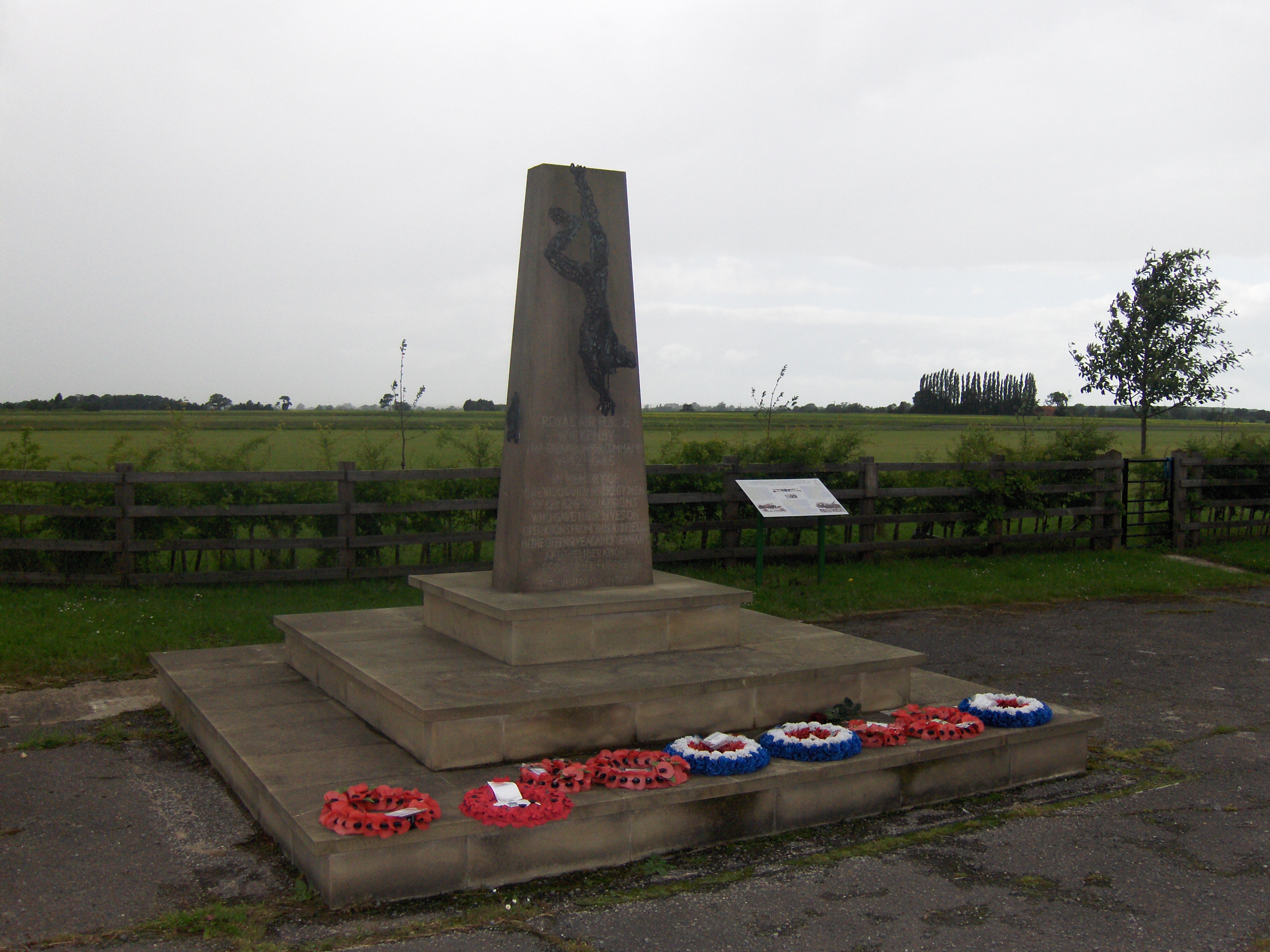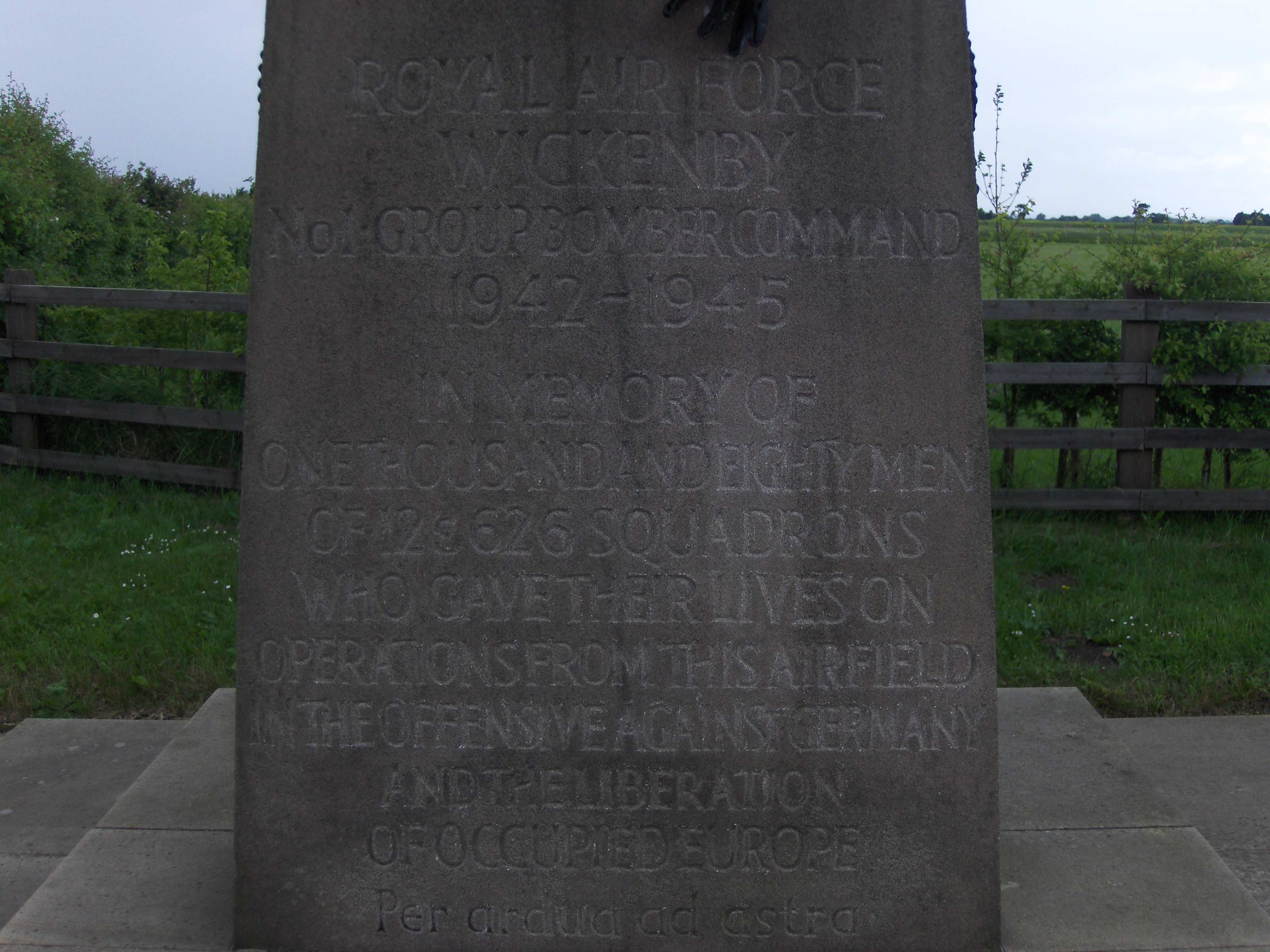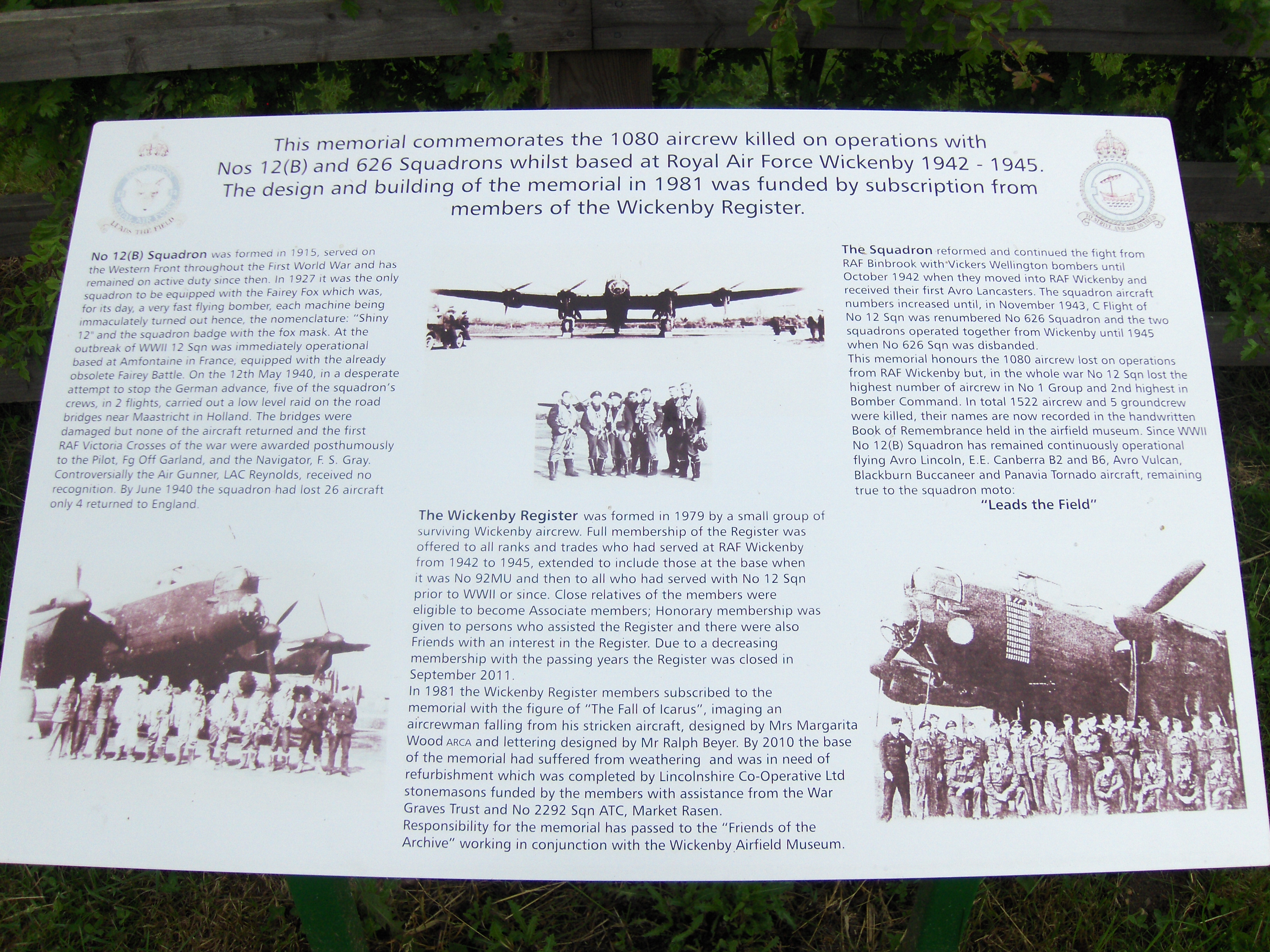Standfast, John Percy
Personal Information
| Rank | F/S |
| Forename(s) | John Percy |
| Surname | Standfast |
| Gender | M |
| Age | 33 |
| Date of Death | 13-10-1942 |
| Next of Kin | Son of John Standfast and Gabrielle Mary Standfast (née Percy), originally of Carnarvon, Wales. |
Aircraft Information
| Aircraft | Vickers Wellington II |
| Serial Number | Z8532 |
| Markings | PH-P |
Memorial Information
| Burial/Memorial Country | United Kingdom |
| Burial/Memorial Place | Driffield Cemetery |
| Grave Reference | Grave 6182. |
| Epitaph |
IBCC Memorial Information
| Phase | 1 |
| Panel Number | 101 |
Enlistment Information
| Service Number | R/87945 |
| Service | Royal Canadian Air Force |
| Group | 1 |
| Squadron | 12 |
| Squadron Motto | Leads the field |
| Trade | Air Bomber |
| Country of Origin | Canada |
Other Memorials
| Location | Wickenby Airfield, Wickenby, Lincolnshire |
| Country | United Kingdom |
| Memorial Type | Inscribed Stone Memorial with Sculpture of Icarus & Information Board |
| Memorial Text | Royal Air Force Wickenby No1 Group Bomber Command 1942-1945 In memory of one thousand and eighty men of 12 & 626 Squadrons who gave their lives on operations from this airfieldin the offensive against Germany and the liberation of occupied Europe Per ardu |
Miscellaneous Information
| John was born in Carnarvon, Wales on 7 August 1909. His father was born in England and was a retired manufacturers agent and his mother, who was deceased by the time of John's enlistment, was also born in England. He had a brother Frank and sisters May, Joan and Florence. He attended school in England at High Wycombe, England 1914-1916 and Strafford, Vermont, USA 1916-1923. He also attended Strafford, Chelsea, Westmount 1923-1927 as well as having a private teacher for French, 1929-1930 and undertaking correspondence courses in mineralogy , geology and bookkeeping. His sport interests were baseball, basketball, tennis and boxing and he was also a member of a glider club. He worked as a salesman at Greenshields & Co. Montreal 1927-1933 and then took on various small jobs with small mining companies in British Columbia, 1933-1937. John finally had his own properties which he developed and worked himself 1934-1940. |
| John enlisted on 30 January 1941 and after training was sent to the U.K. and arrived at 3PRC on 20 June 1942. This was followed by 20 OTU on 13 July 1942 and 12 Squadron on 2 October, 1942. Very sadly just over a week later on 13 October, John was to lose his life. |
Commonwealth War Graves Commission
The National Archives
| Record of Events (Operational Record Book) AIR 27/166/20 |
| Summary of Events (Operational Record Book) AIR 27/166/19 |
Fellow Servicemen
Please note that this list gives all the losses aboard the quoted aircraft and occasionally these may have occurred on an earlier date when the aircraft was not itself lost. Please check the dates of death carefully.
Last Operation Information
| Start Date | 12-10-1942 |
| End Date | 13-10-1942 |
| Takeoff Station | Wickenby |
| Day/Night Raid | Night (10% moon) |
| Operation | MIne laying |
| Reason for Loss | Crashed and burned out at Langtoft, WSW of Bridlington |




